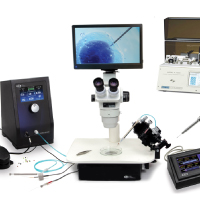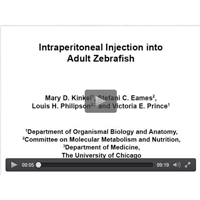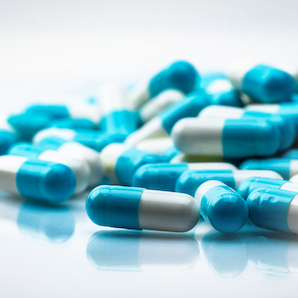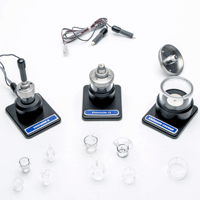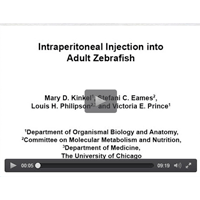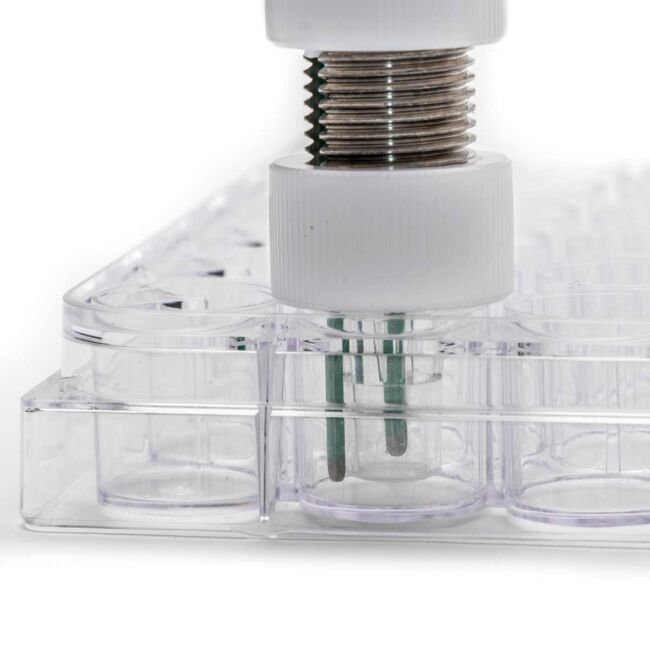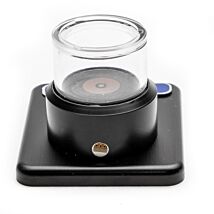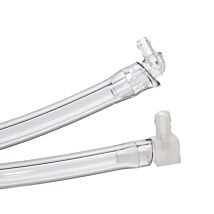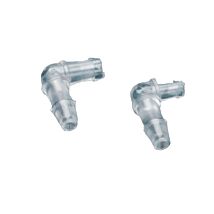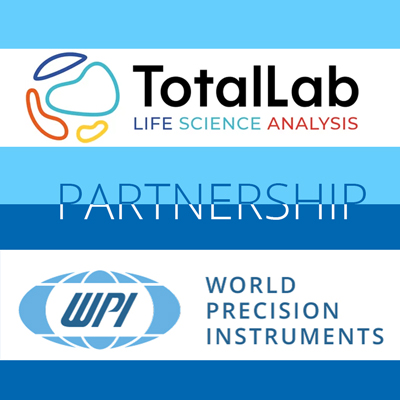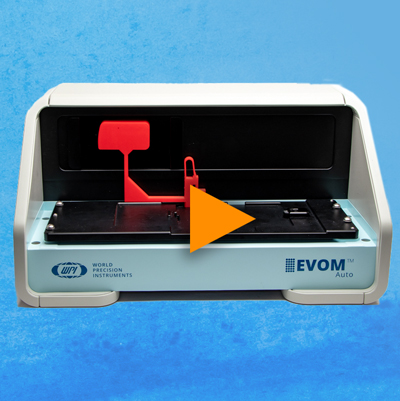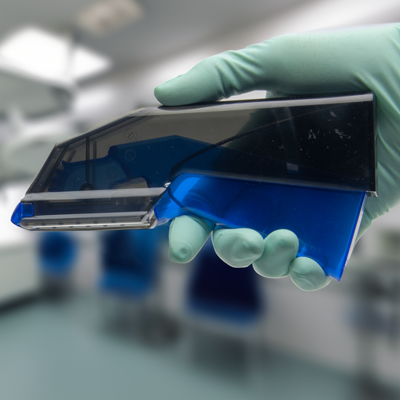This website uses cookies to ensure you get the best experience on our website.
Read more
NEWS: FDA Modernization Act Became Law
January 25, 2023
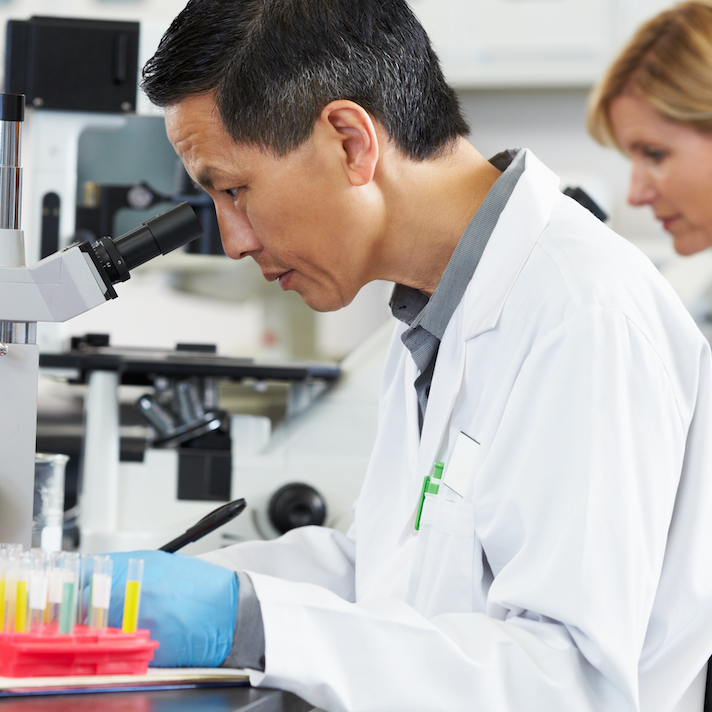
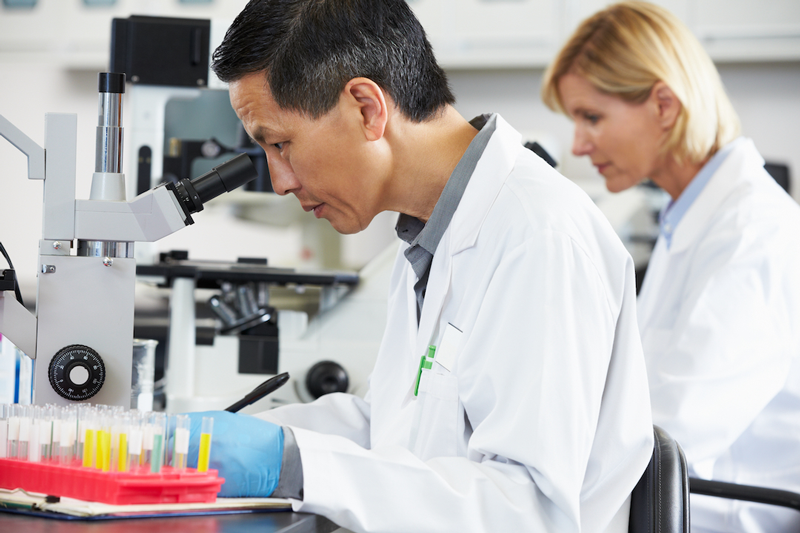 The US FDA Modernization Act 2.0 replaces the 1938 Federal Food, Drug and Cosmetic Act which required animal testing prior to human trials. The new law, sponsored in the Senate by Rand Paul and co-sponsored by 11 other bi-partisan senators, eliminates that requirement. Representatives Vern Buchanan and Elaine Luria introduced the companion bill in the House, with over 105 bi-partisan cosponsors. President Biden signed the bill into law in December 2022.
The US FDA Modernization Act 2.0 replaces the 1938 Federal Food, Drug and Cosmetic Act which required animal testing prior to human trials. The new law, sponsored in the Senate by Rand Paul and co-sponsored by 11 other bi-partisan senators, eliminates that requirement. Representatives Vern Buchanan and Elaine Luria introduced the companion bill in the House, with over 105 bi-partisan cosponsors. President Biden signed the bill into law in December 2022.
With the advent of modern research methods, we now have many options available to test the efficacy and safety of new pharmaceuticals without requiring the use of animals. Some of these methods include cell-based assays, microphysiological systems like organ-on-a chip (OOC), and bio-printed or computer models. In 2019, the cost of bringing a new drug to market varied greatly from $161 million up to $4.5 Billion[1]. A 2020 study estimated the median cost at a staggering $985.3 million[2]. It can take up to 18 years to bring a new drug to market. Much of that was spent on animal model studies.
This law should not only reduce the number of animals used for research but allow researchers to bring pharmaceuticals to market more effectively and rapidly. The use of new methodologies should also reduce the cost of drug development, perhaps by as much as 26%, according to one researcher.[3] The passage of the new FDA law encourages drug developments researcher to explore new approach methodologies (NAMs).
You can review the entirety of the new law here: FDA Modernization Act 2.0. At WPI we aim to be your early drug discovery partner of choice.
[1] https://pubmed.ncbi.nlm.nih.gov/34368939/

Close




